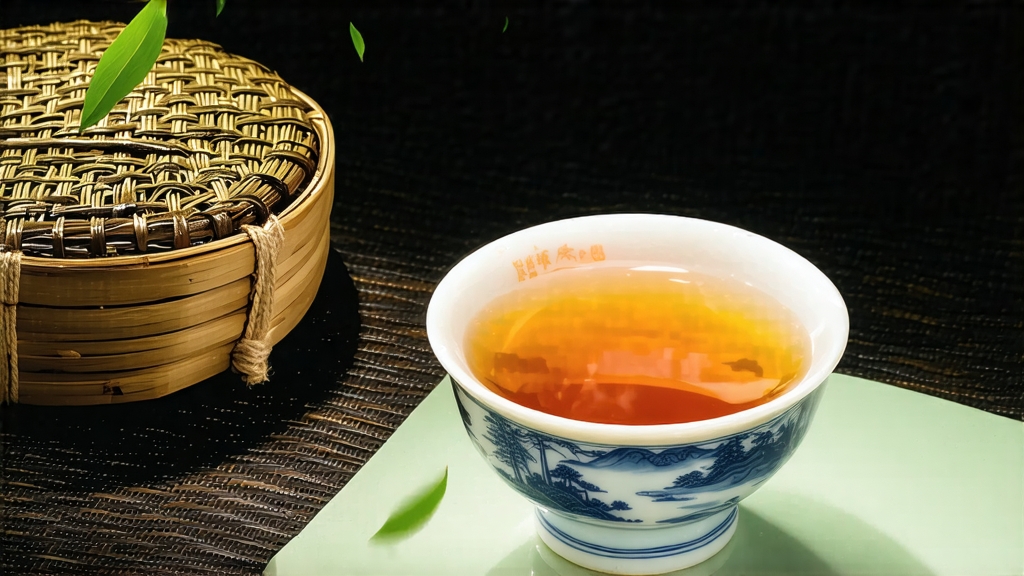
Rougui, literally “cinnamon,” is not a baking spice but one of the most charismatic sub-varieties of Wuyi rock oolong (yancha). First documented during the late Qing dynasty, its arrival was almost cinematic: a sharp-eyed farmer in the “Nine Dragon Nest” pocket of the Wuyi cliffs noticed a single tea bush whose leaves exuded a faint yet unmistakable sweet-wood perfume when rubbed. Cuttings were taken, propagated on the narrow rock terraces, and within two generations Rougui had eclipsed many older cultivars, becoming the benchmark for modern Wuyi oolong.
Geology shapes flavor here more decisively than any other tea region on earth. The Wuyi range is a 550-million-year-old sandstone and tuff canyon sliced by the Jiuqu Xi (Nine-Bend Stream). Over millennia the river ground mineral-rich sediment into the cracks of cliff faces, creating a shallow, highly absorbent soil that stresses the tea roots and forces them to store aromatic compounds. Locals call this terroir “rock bone,” and Rougui is prized because it translates that stony minerality into a spicy-sweet finish that lingers like the echo of a temple bell.
Although all Rougui springs from the same genetic mother bush, micro-habitats inside the 60-square-kilometer scenic reserve have given rise to three recognized stylistic camps. “Stream Bank Rougui” grows on the shaded, mist-heavy north-facing shelves; it is the most floral, with lilac top notes. “Cliff Ledge Rougui” clings to almost vertical granite walls, receiving reflected river light; its liquor is deeper, with toasted almond and cacao. “Valley Floor Rougui,” planted on deeper alluvium, trades some elegance for body, making it the blender’s choice for adding weight to commercial grades. Purists, however, chase the first two, especially when the pick falls in the brief three-day window after the Grain Rain festival when the leaf’s cinnamyl alcohol content peaks.
Making Rougui is a choreography of stress and rest. Picked at dawn when the leaf’s turgor pressure is highest, the green blades are immediately wilted on bamboo sieves set into the mountain breeze. Three separate shakes in increasing intensity bruise the edges just enough to trigger oxidation enzymes while keeping the center intact. This partial wounding is what creates oolong’s trademark “green heart with red skirt.” Once the leaf emits a clear metallic jingle when tossed, it is quickly pan-fired at 220 °C for ninety seconds to arrest oxidation at roughly 40 %. The kill-green step is followed by a series of rolling and hot-air drying cycles that twist the leaf into the dark, glossy strip most drinkers recognize.
What distinguishes Rougui from lighter oolongs such as Tieguanyin is the charcoal roasting. Traditionally done in a squat clay kiln lined with local bamboo ash, the tea is baked over a low ember of fruit-wood charcoal for 6–10 hours, rested for a fortnight, then re-roasted up to three times. Each cycle drops the moisture by roughly 2 % and drives Maillard sugars deeper into the leaf. A master roaster judges readiness not by thermometer but by aroma: when the room fills with the scent of dark honey and warm sandalwood, the fire is sealed. The finished tea is left to “retire” in earthen jars for at least three months so that residual heat can dissipate and the cinnamon note can migrate from background to foreground.
To unlock Rougui’s layered personality, gongfu brewing is less an affectation than a necessity. Begin by pre-heating a 120 ml porcelain gaiwan with 95 °C water; the gentle scald awakens the charcoal without shocking it. Use 6 g of leaf—about two heaping tablespoons—rinsed for three seconds to rinse dust and awaken dormant oils. The first proper infusion lasts only ten seconds, just long enough for the liquor to turn the color of antique amber. Pour through a fine strainer into a fairness pitcher, then into thimble-sized aroma cups. Inhale deeply: top notes of cassia bark and brown sugar should appear before any floral accents.
Subsequent infusions are extended in five-second increments. By the fourth steep the cliff-born minerality arrives, a sensation Chinese tasters describe as “the scrape of a wet stone on a whetstone.” Swirl the liquor across the palate and breathe through the nose; a cooling camphor lift will appear